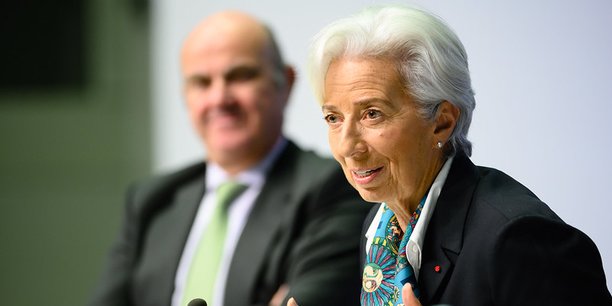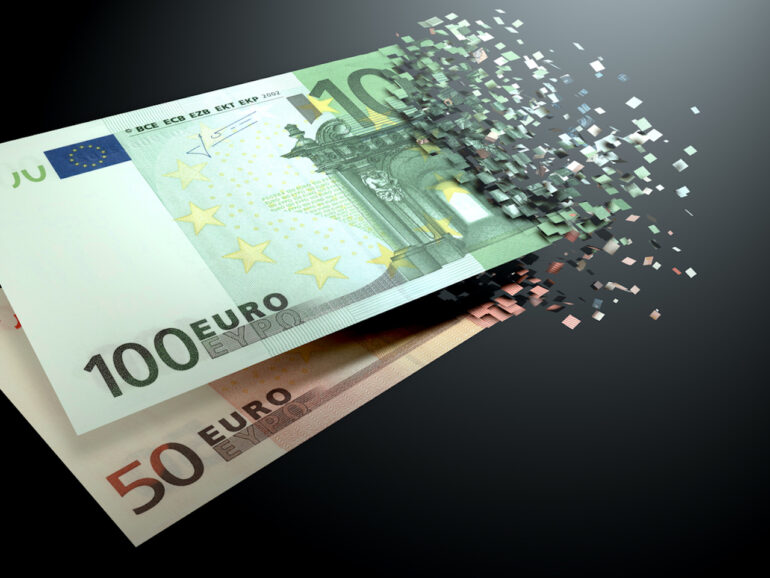In the world of CBDCs, the European Central Bank (ECB) has been, very publicly, active. Despite some backlash from the public (all one has to do is search “digital euro” in X for some colorful results), the organization has progressed through the “investigation phase”. Over the course of the last two years, a number of experiments and studies were made with prominent financial institutions, which culminated in a paper released yesterday, October 18.
Now, the decision has been made to progress into the “preparation phase.” This next phase will start on November 1, 2023, and will “initially last two years.” While the ECB highlighted that a decision had not yet been made on whether a digital euro would be released, it marks an important next step in its development.
At the end of the initial two years, the ECB will decide whether to progress on to the next stage of preparation, which will pave the way for possible issuance and a digital Euro roll-out.
“We need to prepare our currency for the future,” said Christine Lagarde, President of the ECB. “We envisage a digital euro as a digital form of cash that can be used for all digital payments, free of charge, and that meets the highest privacy standards. It would coexist alongside physical cash, which will always be available, leaving no one behind.”

The Findings of the Investigation Phase
The study published yesterday outlining the results of the investigation phase positioned the possibility of the digital euro in the center of the digital economy. The ECB stated that it could be an evolution of the currency, with the attributes of cash, but more suited to the digital world.
Divided into eight sections, the report looked at the stakeholders involved in the potential rollout of the digital euro, highlighting key steps in its development. It addressed key areas of concern, such as enabling access to vulnerable consumers and privacy, and described the benefits of its implementation.
Investigations into how the digital could be used and distributed were conducted in the period between 2021-2023, and the ECB indicated possible attributes of the final design. Offline capabilities were not defined but were said to be a fundamental component that would be mapped out in later stages.
“The introduction of a digital euro would be a logical next step in the natural evolution of our currency,” it stated. “It would ensure the same levels of trust and stability that our money and payments enjoy today while adding a new, digital option that addresses the limitations of cash inherent in its physical nature.”
“A digital euro would make the euro future-proof.”
In a bid to strengthen the digital euro’s position as a means to complement the use of cash, the ECB also highlighted that holdings of the currency would be limited. They stated that in order to avoid the possibility of the digital euro being held as an investment and to mitigate the risk of theft, large holdings of the digital euro would be made impossible by both businesses and individuals. Holdings will also not be renumerated.
“Limiting digital euro holdings mitigates risks that might be triggered by rapid flights from bank deposits into digital euro, including risks related to short-term liquidity and challenges for commercial bank funding and credit intermediation,” the ECB stated.
Addressing the Ongoing Concerns about Privacy
The surrounding public concern about the privacy of CBDCs was evident, and the ECB highlighted in depth the parameters that would be implemented to conserve the privacy of digital euro users.
In the introduction of the report, the ECB stated that “The central bank has no interest in monitoring peoples’ payment patterns and no commercial aspirations. It would not have access to or store any personal data that would directly identify end users. The digital euro is also intended to achieve a cash-like level of privacy for offline payments, as it would require no third-party validation and would rely simply on the direct transfer from the payer to the payee.”
The report proposed strategies that could ensure privacy in the use of online and offline digital euros. Offline was highlighted to hold the highest level of privacy and was reserved for low-value proximity payments. Online use was said to hold the same AML rules as other digital payments.
However, in order to use digital euros, users would have to identify themselves to payment service providers (PSPs). While the report stated any Eurosystem access to PSP user data would be pseudonymized, this could be an attribute that could undermine the currency’s privacy controls to some CBDC critics.
For offline payments, transactions would be exempt from AML obligations, but that would “only be possible if the co-legislators find it consistent with the usual risk-based approach to apply such exemptions.”
Another Step Forward But Still Theoretical
While the culmination of the investigation phase and launch of the preparation stage is a significant step for the ECB’s development of the digital euro, many key attributes are yet to be defined.
The ECB, while focusing a lot on privacy throughout the report, made little attempt to solidify standards highlighted as attributes that would preserve privacy. Offline capabilities are stated to be planned, but earlier this year, the ECB highlighted challenges surrounding its practicality, writing that it could be years away from implementation.
RELATED: Is the digital euro near? Prototype exercise results revealed
Other questions surrounding a digital euro’s threat to financial inclusion were raised, and the ECB wrote that they plan to design various access options and roll out an education program surrounding the issuance of the new currency.
In order to achieve Lagarde’s vision for “a digital version of cash,” many aspects surrounding the design of a digital euro hang in the balance. The next two years will determine whether that vision can be made a reality.


